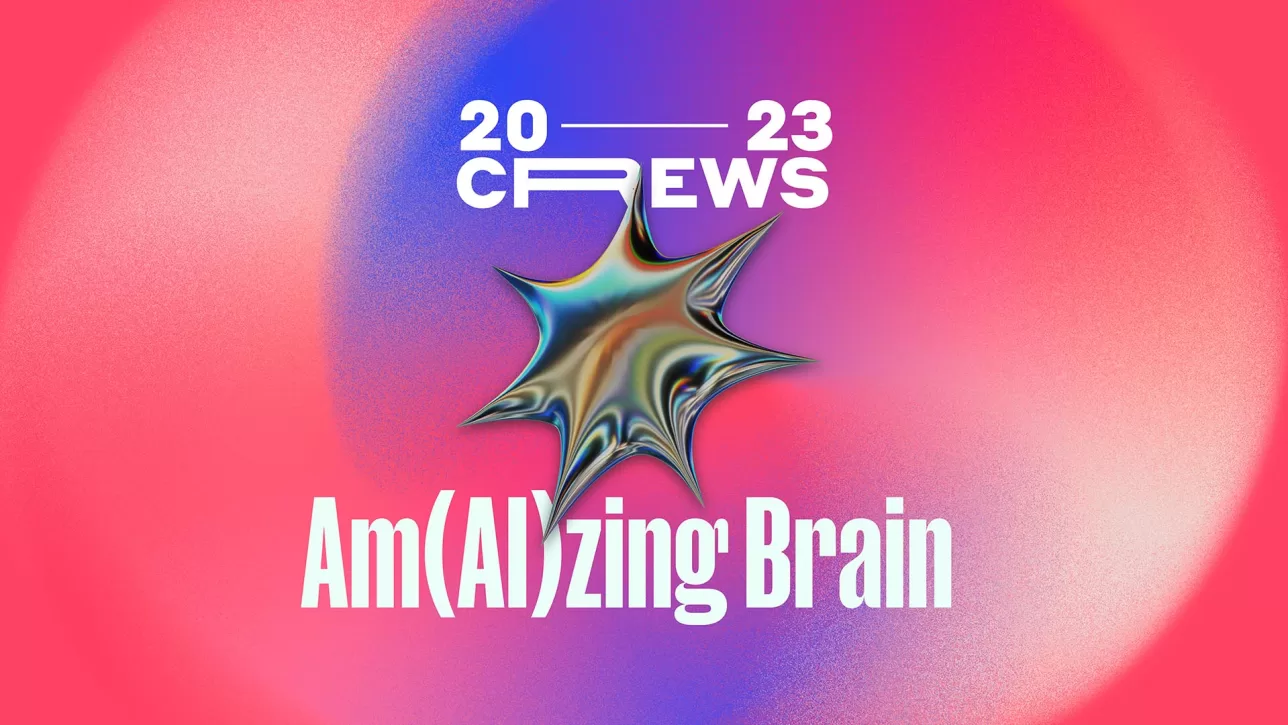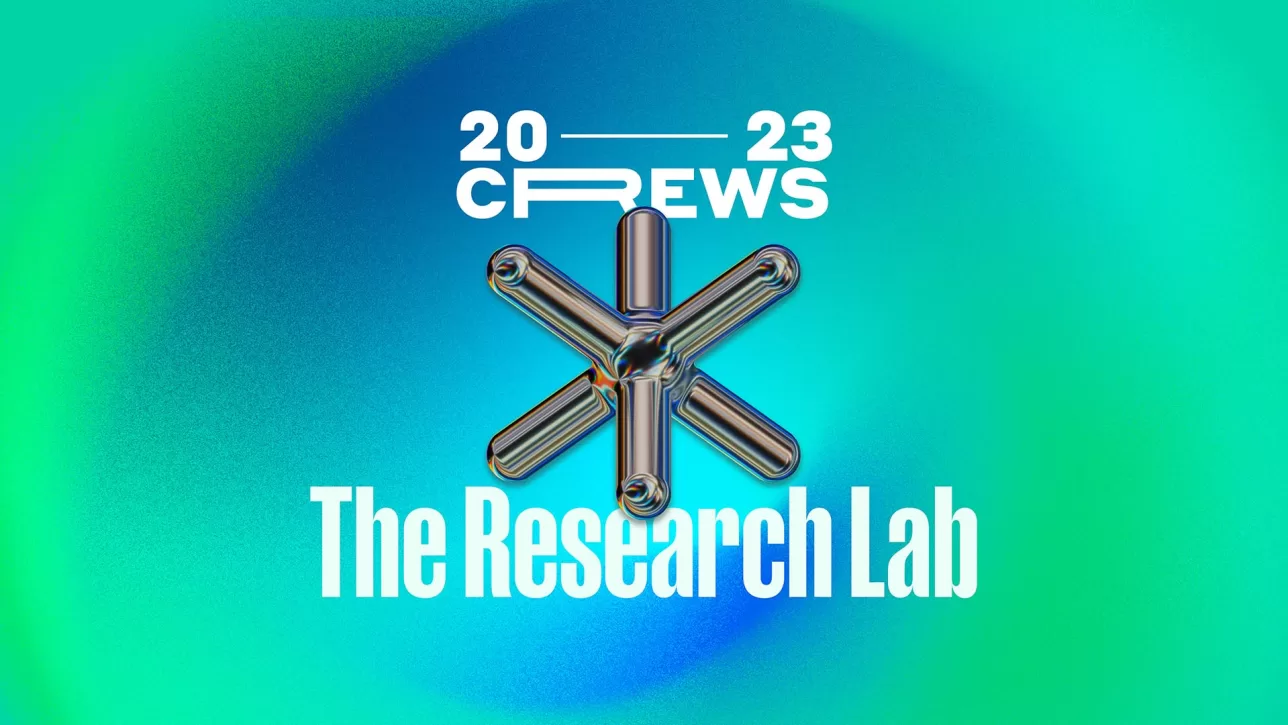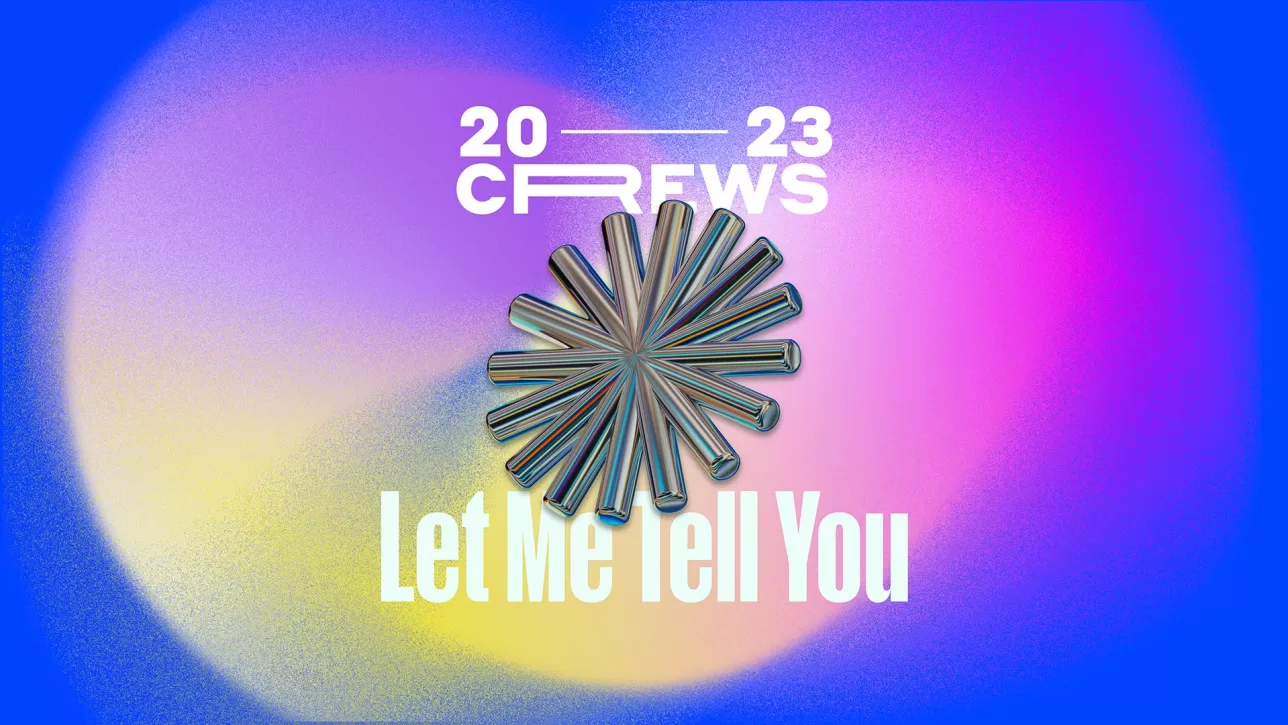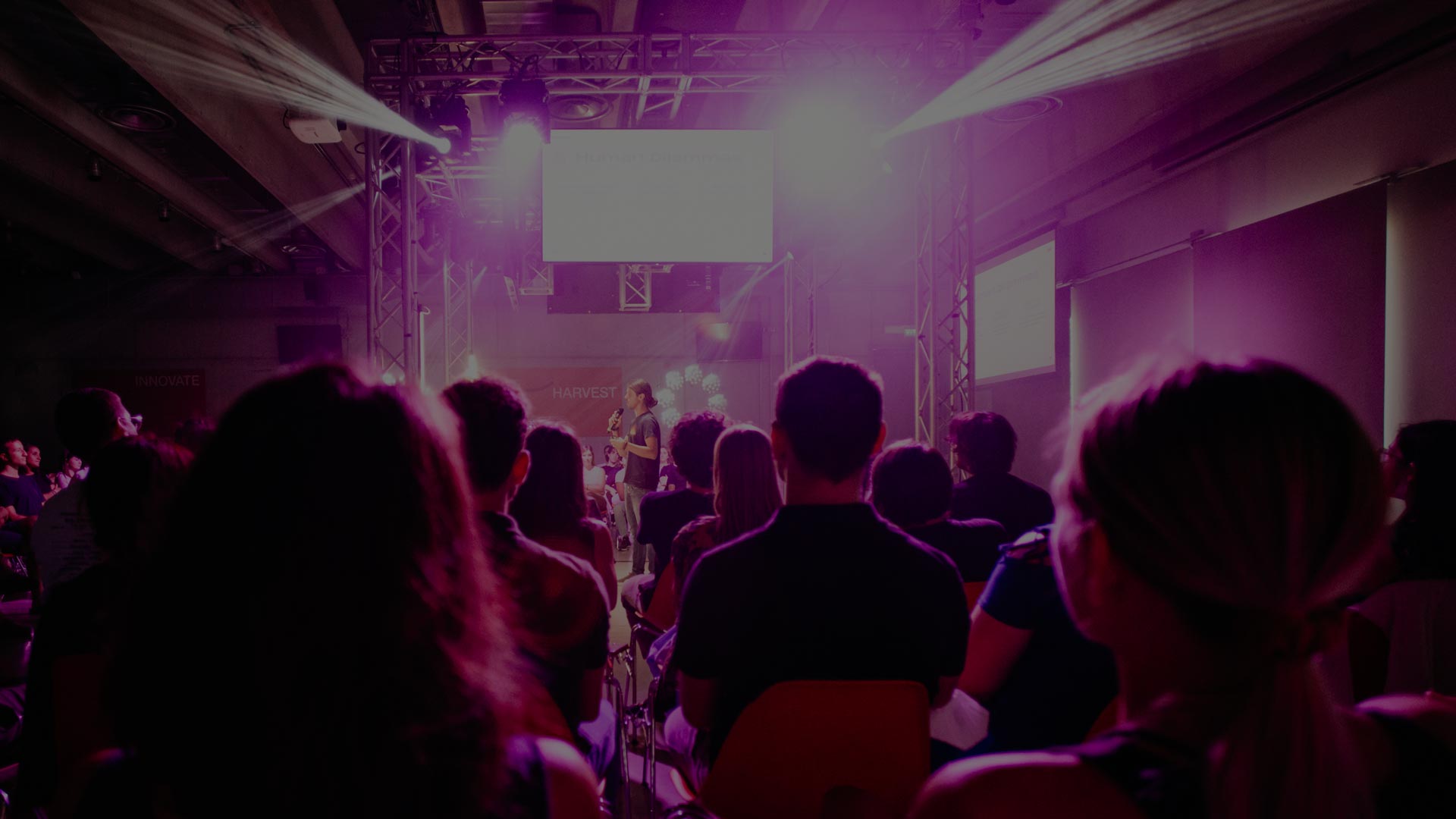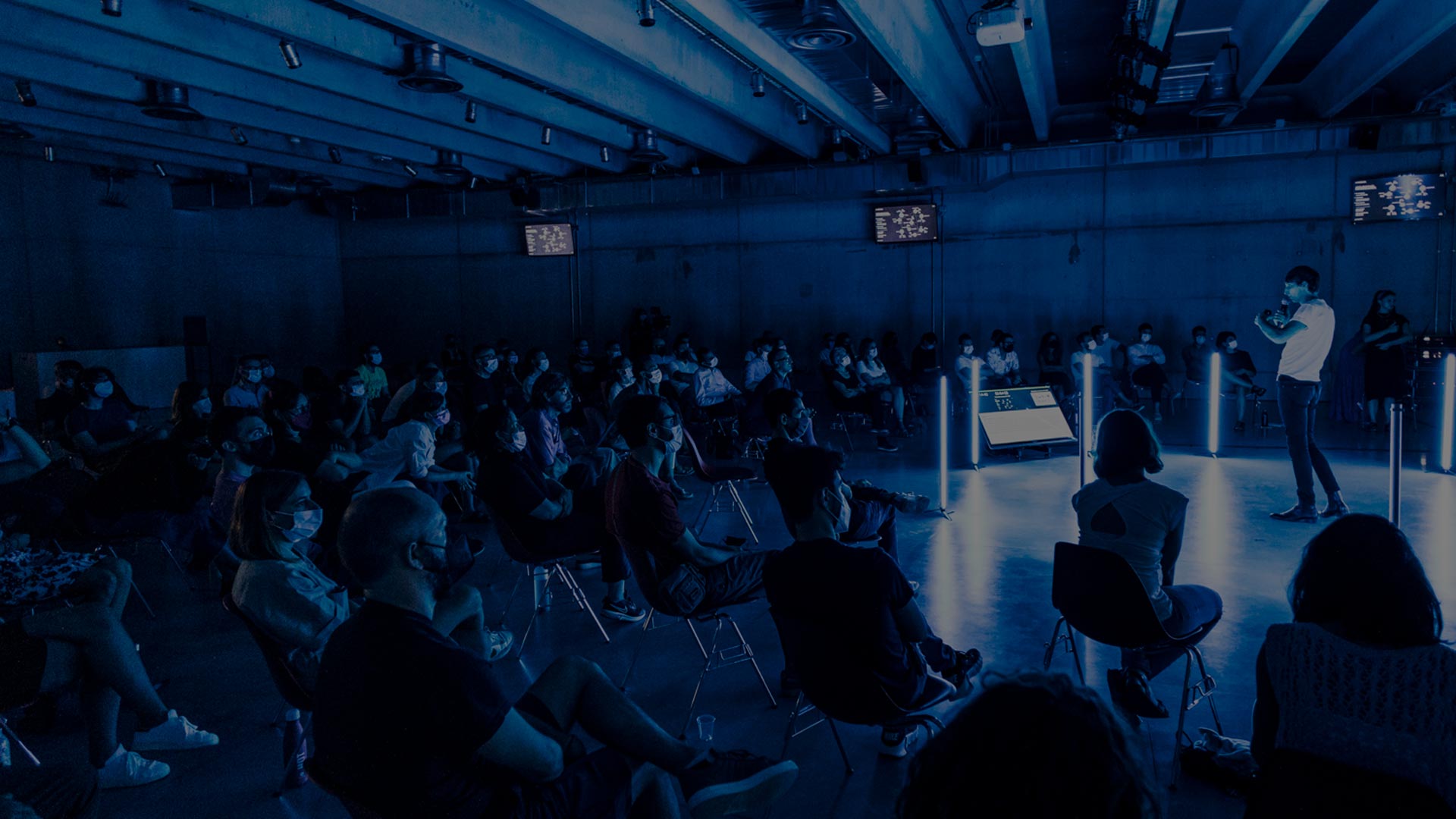Crews 2023: the shape of innovation in the AI age
There is a lot of innovation up for grabs higher up in the new AI-enabled tech stack. Our latest R&D efforts glimpse into some possible, interesting futures
Innovation is hard. Indeed, it’s not every day that one gets to witness something genuinely new. Most of the time, what is advertised as such is simply repackaged: a patina of newness tacked on a seemingly novel collage of things not unseen. Even scrappy-yet-exuberant startups suffer from it, inevitably dooming themselves to irrelevance or outright failure somewhere down the road. So when larger companies give themselves the chance to dive into the uncharted, it is time to perk one’s ears up.
At MAIZE, innovation is in our DNA. We help companies stay on the edge of things and, more importantly, keep their thinking fresh. In 2024, the disruption set in motion by AI led us to interrogate ourselves on the current state of things, which prompted us to work on a State of Innovation report many of our clients took part in. We outlined what innovation is, who is behind it, and what role it has in companies. Then, it was time to rev things up and share our findings at an event; the perfect setting to also showcase our own concrete outlook on the things to come.
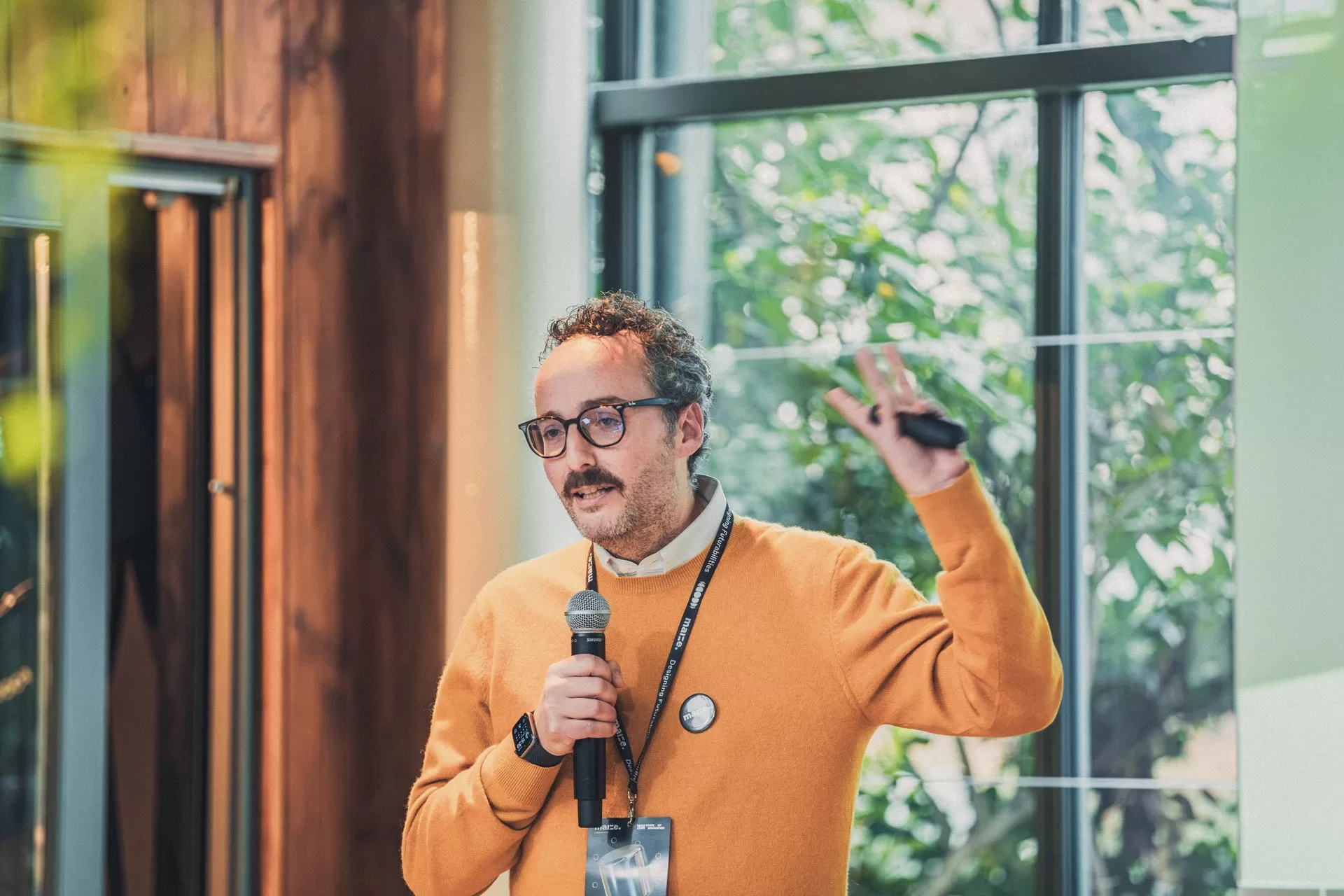
Enrico Girotti, senior director at MAIZE, introduces our CREWS 2023.
COMBO — in Milan, Italy — seemed like an excellent stamping ground. It’s strategically located in a lively area of the city, and its interior design speaks of chill flat whites in the courtyard’s shade and crowds gathering around a stage to see what cool, unmapped concept is being unveiled. The latter is why we chose it to present the latest from our Crews.
As our principal Enrico Girotti told the audience, the Crews are MAIZE’s unique way of doing R&D: small, self-formed groups pitch an idea — with no restrictions on how wild and ambitious it may sound — and, if approved by a democratically elected committee, grind it to fruition, initially with an MVP. Crews-developed ideas aim to bring genuine innovation forward: to do new things, craft new tools, reimagine methodologies, and beyond.
It’s a tested development model for us, with many past Crews efforts becoming products we use internally or sell to clients. So, naturally, the excitement for the latest batch was palpable. And, after all, what better way to introduce our innovative ideas than the very state-of-the-art context we base our efforts upon? Following the report’s presentation, the room was abuzz, fueled by the energy of the previous speakers; our in-house innovators ready to go.

The latest round was more focused than past efforts: three Crews and fewer than thirty people zeroing in on artificial intelligence (AI) and, of course, the hot subfield of generative AI.
Taking center stage first was Am(AI)zing Brain, tackling a long-standing pain point in service design: interviews. It’s not that interviews are painful per se, but rather that any given project can only accommodate a certain number of interviewees with limited interview windows. So the Crew began its work wondering whether AI could help. As our service designer Luca Gaverina said, “What if you could do the job of 500 people… using only an AI chatbot?”

Luca Gaverina, senior service designer at MAIZE, speaker for the Am(AI)zing Brain Crew.
The Crew’s product is a chat interface, beta-tested with 82 people, doing the amount of work the human team had to do with just 10. The difference speaks for itself; but, it turns out, the chatbot is pretty capable too. Powered by an earlier version of GPT-4, the AI efficiently kept the conversations fluid and, according to the interviewees, gave them space to think better about what to write and put things in perspective.
The shortcomings mostly came in the way of repetitiveness, perceived length — the interviews, despite being twice as short on average, felt much longer — and a lack of ability to adapt to the given interviewee’s unique traits, resulting in something “akin to a psychologist from the ’80s.” Still, the outcomes were promising, with the system extracting about 70% of the insights and essentially conducting the entire interview process by itself.
Where in the loop do the humans intervene? Well, the prompts still need to be written, and the final work checked, but it was incredible to see just how capable the Crew’s bot was — particularly considering that it would not have been possible to build it eighteen months ago.
Despite being visibly thrilled, the audience turned its attention to The Research Lab, the second Crew to hop on stage. Their goal was to leverage another crucial tenet of the AI era: images. This time, however, looking at them not from a generative standpoint, but with an interpretability lens, and their role in quantitative and qualitative research.
The idea behind The Research Lab, presented by our service designer Letizia Gastaldo, is simple: how much hidden information is there in the images we send one another through chats and other internal communications? Apparently quite a lot — and it is valuable, too.

Letizia Gastaldo, associate service designer at MAIZE, speaker for The Research Lab Crew.
Starting with the theme of wellness, the Crew engaged a group of 50 people, asking them to answer some questions via both text and images — three pictures and an accompanying description, to be exact — and then repeated the process twice with custom content created using the previous answers.
The AI was then tasked with analyzing the responses’ textual and visual elements, summarizing and organizing the content.
The results of the analysis were exceptional, as the insights generated by the machine, thanks to the added visual component, turned out much richer and more nuanced than what a text-only approach would have normally uncovered. More: the method halved the churn rate of traditional surveys while taking up half the time, bringing results qualitatively comparable even to much longer interviews.
Indeed, The Research Lab’s AI not only manages to expand the potential sample of interviewees: by pulling the strings of the visual medium it can generate insights that would otherwise remain concealed, showing just how much potential the unspoken — but not the unexpressed — has, even in the context of research.
The event was bound to close with a bang. And that’s precisely what the last Crew, Let Me Tell You, was about.
Moving away from research aids, the last Crew brought on stage a product — or, rather, an experience. Our colleague, designer and technologist Luca Giacolini, asked the audience to close their eyes and imagine finding themselves in a lowly lit room where a huge, curved panel embraces them and their sight.
A true storytelling experience follows, initiated by a dialogue between the person and the brand behind the machine. In the example brought on stage, the hypothetical firm was an outdoor sports brand: the AI-powered system asks the user questions like “What kind of natural element do you identify with?” or “What does nature represent to you?”; then, it analyzes the answers and dynamically generates an ad-hoc story, made of unique visuals and with a narrated voice, whose content is tailored to the user’s initial answers and — importantly — the brand’s values.

Luca Giacolini, senior designer and technologist at MAIZE, speaker for the Let Me Tell You Crew.
The tech stack necessary to make all of this possible in real time is complex but largely invisible to the user, who can fully immerse themselves in the experience. The reasons behind it? Three, the Crew says: playfulness, co-creation, and replicability. The experience is meant to be fun, surprising, and engaging, injecting some much-needed “wow” effect into traditional product discovery. The theme of co-creation is strongly tied to that, allowing the user to become an active participant and bond with the brand’s values more strongly. And then, of course, replicability: the power of generative AI systems lies precisely in their ability to create an effectively endless number of stories, each customized to the individual. Something extremely powerful, and — we think — worth exploring further.
As mentioned, the idea with Crews is to deliver something akin to an MVP, and not necessarily a fully-fledged, ready-to-use, final product. The road between now and then is long, but it is clear: artificial intelligence, and specifically its latest generative flavor, is about to invade everything: tools, processes, systems, products, services — and more.
Some of the people at MAIZE have been working with AI literally for decades, so this realization is not new here: we were toying with LLMs way before the ChatGPT explosion of last year, and have been embedding AI-powered solutions for quite some time. But we don’t like to rest on our laurels, and always try to actively position ourselves ahead of the curve. With our latest wave of Crews, we believe we put our money where our mouth is.
As the ideas of our 2023 Crews get refined, tested, and brought to completion, new ones are already bubbling up. And we are here to seize them.

